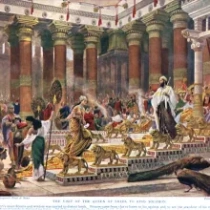 1836 - 1919
academic classicism
1836 - 1919
academic classicism
Description Sir Edward John Poynter
Sir Edward John Poynter, born in Paris in 1836, embodied the elegance and classical refinement of Victorian art. His life unfolded at the intersection of academic tradition and the changing tides of the 19th century, and his artistic journey left an indelible mark on British art.
Poynter's early years were marked by a cosmopolitan upbringing, reflecting his father's diplomatic career. His artistic inclinations were nurtured by encounters with the cultural treasures of Europe during extensive travels. Poynter's formal education at London's Royal Academy solidified his commitment to classical ideals.
His breakthrough came with the painting "At Low Tide," a poetic portrayal of a woman waiting by the shore. This early success set the stage for a career marked by a fusion of classical themes and a nuanced approach to contemporary subjects. Poynter's art often showcased a delicate balance between idealized beauty and a keen observation of life.
Poynter's fascination with the ancient world, particularly Greece, manifested in his numerous depictions of classical mythology. His iconic works, such as "Andromeda" and "Atalanta's Race," revealed a mastery of form and a dedication to reviving the aesthetic principles of classical antiquity.
In 1875, Poynter assumed the presidency of the Royal Academy, a position he held for over two decades. His tenure witnessed a commitment to academic rigor, and he actively shaped the next generation of British artists. Poynter's influence extended beyond the canvas; he played a key role in architectural design and the decorative arts, contributing to the Victorian fascination with historical revivalism.
His magnum opus, "The Visit of the Queen of Sheba to King Solomon," showcased Poynter's ability to infuse monumental canvases with intricate details and a sumptuous color palette. The painting's success solidified his reputation as a leading figure in the Victorian art scene.
While Poynter's work aligned with the academic norms of his time, he also navigated the challenges posed by emerging movements like Pre-Raphaelitism and the Aesthetic Movement. His ability to adapt while maintaining a distinct artistic identity underscored his resilience and versatility.
Sir Edward John Poynter was knighted in 1896 and continued his artistic pursuits until his death in 1919. His legacy endures in the graceful lines of his classical compositions, his contributions to the Royal Academy, and his impact on the visual language of Victorian Britain. Poynter's art, characterized by a harmonious blend of tradition and innovation, remains a testament to the enduring allure of classical beauty in the face of a rapidly changing world.
Gallery
Paintings Sir Edward John Poynter
Quotes
The purpose of Art is the gradual, lifelong construction of a state of wonder and serenity.
Every artist dips his brush in his own soul and paints his own nature into his pictures.
The one fatal thing a man can do is try to stand alone.
To develop a complete mind, study the science of art, study the art of science, learn how to see. Realize that everything connects to everything else.
Art is the most beautiful of all lies.

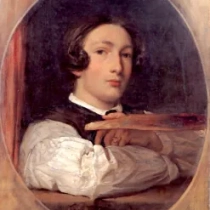
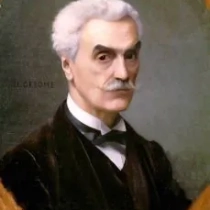
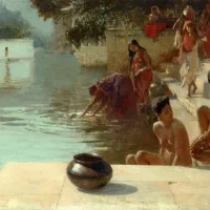
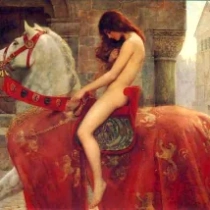
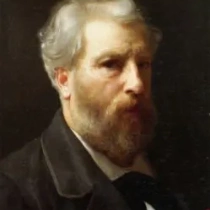
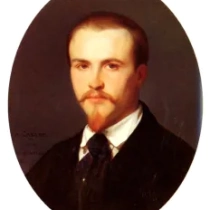
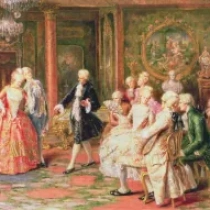
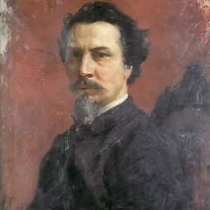


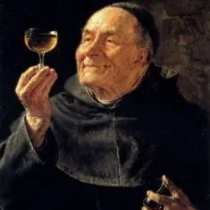
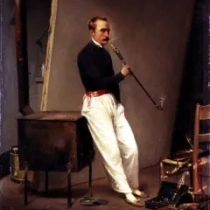
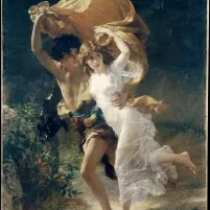


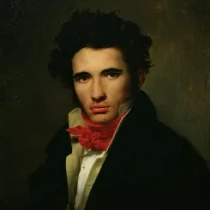

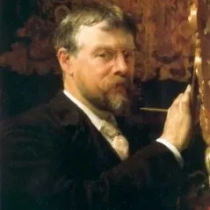
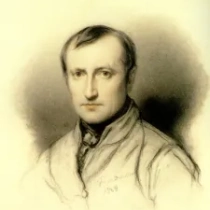
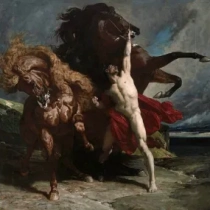
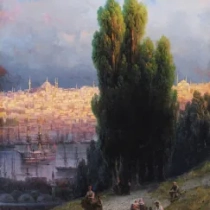

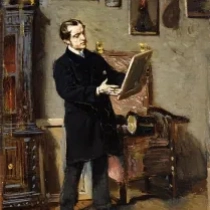
No Comments Yet...